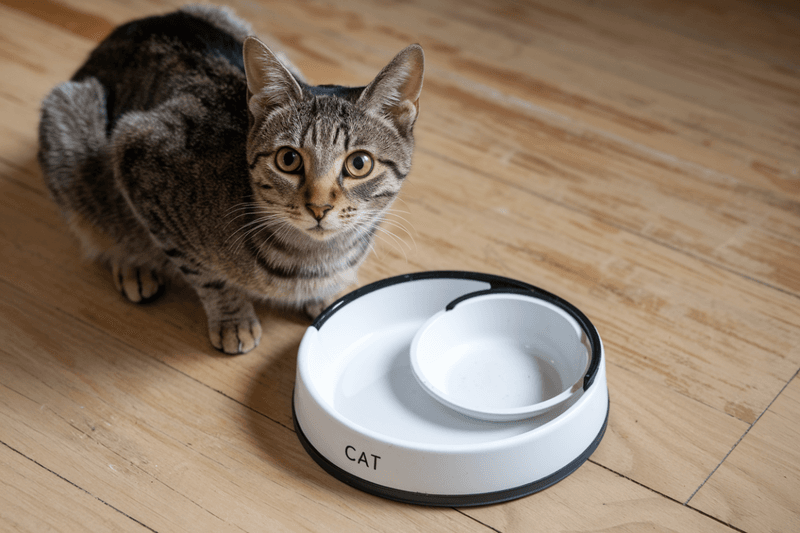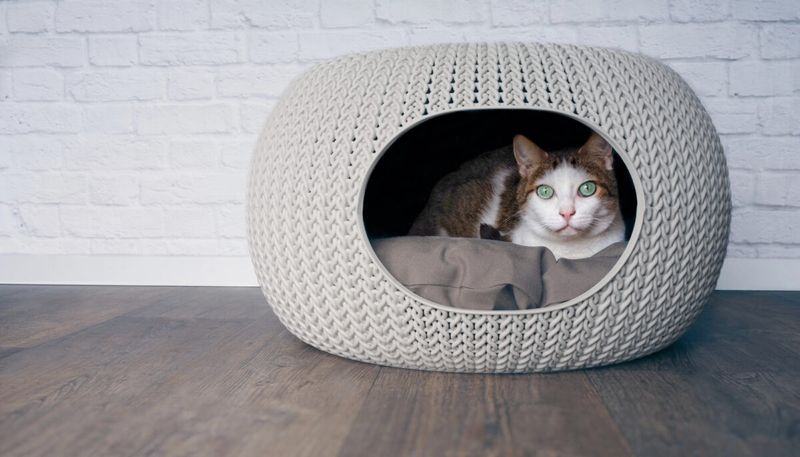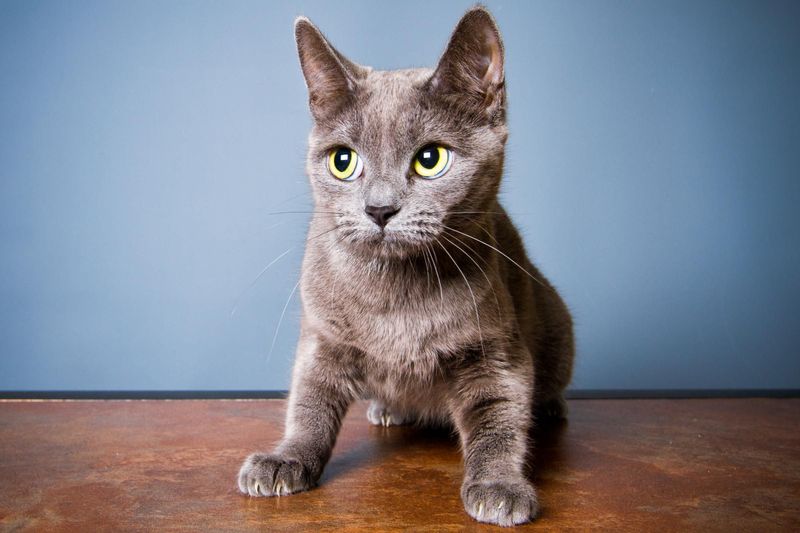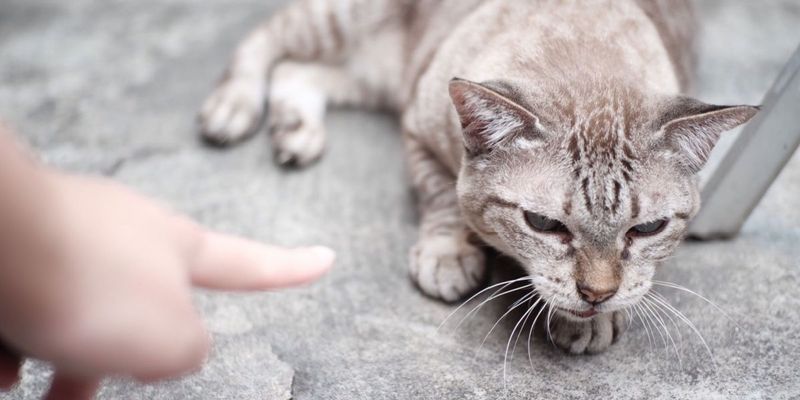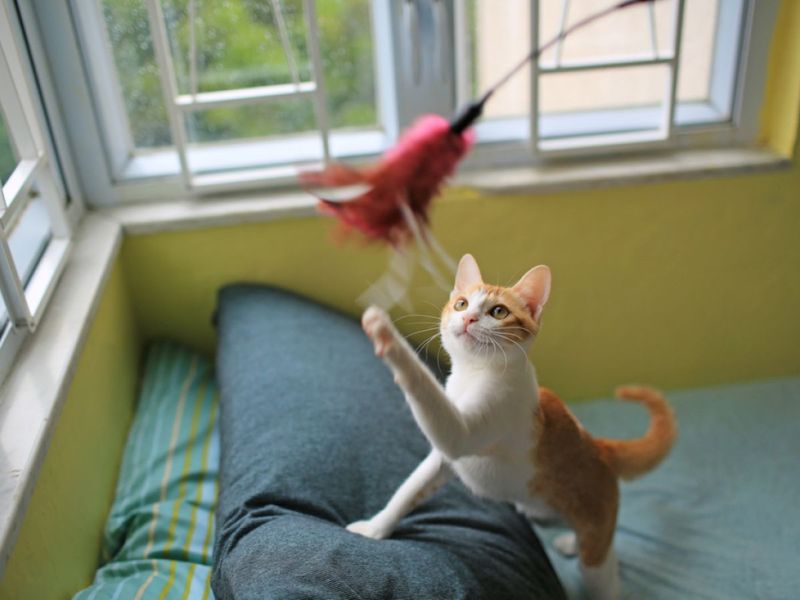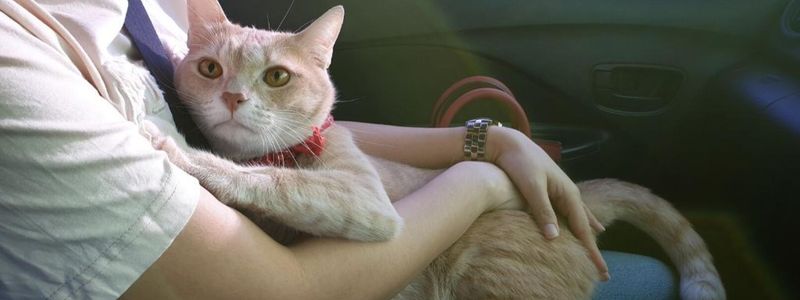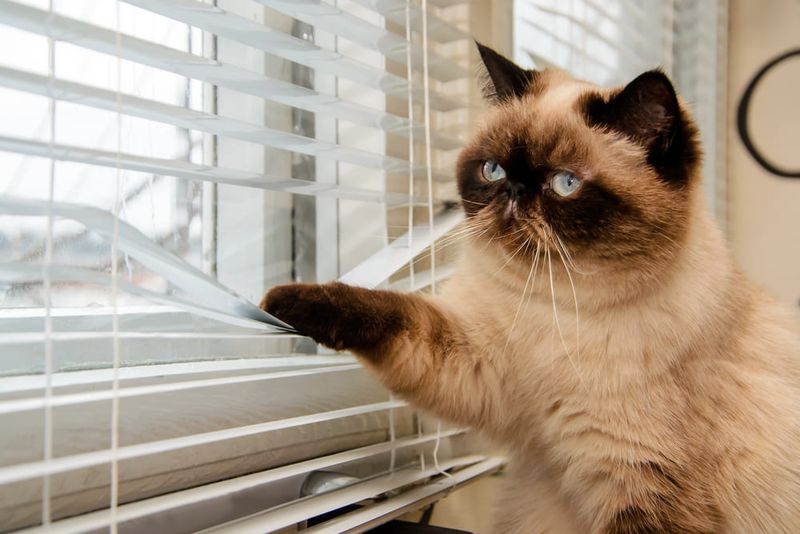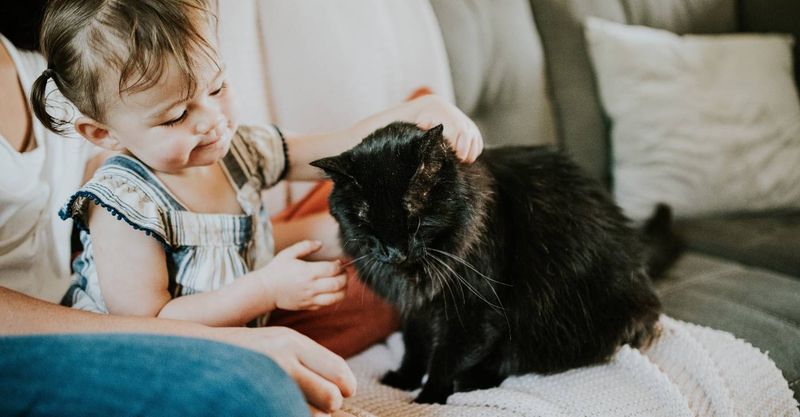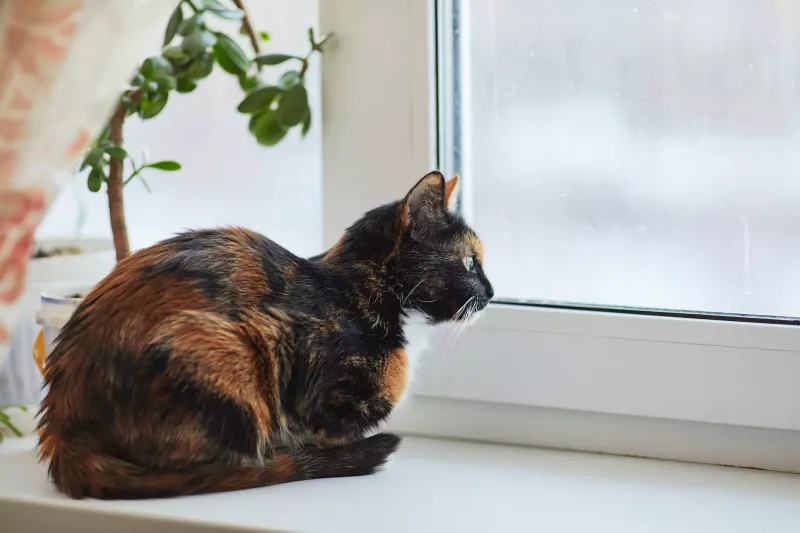📖 Table of Content:
- 1. Inconsistent Feeding Schedules
- 2. Ignoring Their Need for Space
- 3. Loud Noises and Chaotic Environments
- 4. Punishing Instead of Redirecting
- 5. Lack of Stimulation or Play
- 6. Ignoring Health Issues
- 7. Frequent Changes in the Home
- 8. Forcing Interactions with Other Pets or Kids
- 9. Lack of Safe, Vertical Territory
You adore your cat—no doubt about it. But what if some of your everyday behaviors are quietly chipping away at your cat’s happiness? As independent as they seem, cats are deeply emotional creatures who can experience stress, sadness, and even anxiety in response to their environment and the people in it.
While cats don’t communicate distress the same way humans or even dogs do, they have their own subtle language of discomfort. It might come across as hiding more often, sudden aggression, a loss of appetite, or simply withdrawing from interactions. These behaviors are easy to brush off as “cat things,” but they often stem from emotional distress caused by actions we don’t even realize are harmful.
The good news? Most of these anxiety triggers are totally avoidable. With a few small changes in your routine, you can create a calmer, happier, and more emotionally secure environment for your feline friend. Here are nine ways you might be making your cat anxious or depressed—without even knowing it.
1. Inconsistent Feeding Schedules
Without a set mealtime, your cat can begin to feel unsettled and anxious. Routine is everything for cats—they rely on predictable patterns to feel safe in their environment. When meals come at random times, it creates a sense of instability, especially for indoor cats who depend entirely on you. This uncertainty can lead to obsessive food behavior or even aggression around the food bowl. Not knowing when their next meal will arrive puts their instincts into overdrive, creating low-grade chronic stress. Over time, this can result in decreased appetite, weight loss, or emotional withdrawal. A simple fix is to feed your cat at the same times each day, helping them feel secure and in control.
2. Ignoring Their Need for Space
Respecting your cat’s autonomy is crucial for their emotional health. Just like people, cats need alone time, and pushing constant affection on them can make them feel trapped or threatened. When a cat walks away, flattens its ears, or flicks its tail, those are clear signals that it wants space. Ignoring those signals and continuing to pet or cuddle them can build resentment and anxiety. Cats feel safest when they can initiate interactions on their own terms. Allowing them to come to you, instead of following them around, strengthens trust over time. Let your cat set the boundaries, and they’ll be more likely to seek you out for comfort and affection.
3. Loud Noises and Chaotic Environments
Thunderous footsteps, blasting music, or a constantly noisy household can slowly erode your cat’s sense of security. Their ears are far more sensitive than ours, which makes loud, unpredictable sounds feel overwhelming and even frightening. If your home is regularly chaotic—think screaming kids, late-night vacuuming, or nonstop TV—it can cause chronic stress in your cat. This might show up as excessive grooming, hiding, or even aggressive behavior. Cats need quiet spaces to decompress, especially in multi-pet or multi-human households. Creating a calm, low-noise zone for your cat can dramatically reduce anxiety levels. Think cozy corners, soft blankets, and a consistent noise level they can rely on.
4. Punishing Instead of Redirecting
Scolding your cat for bad behavior often backfires emotionally. Cats don’t connect punishment with their actions the way dogs sometimes do—instead, they associate the negative experience with you. Using spray bottles, yelling, or clapping loudly may stop the behavior in the moment, but it also teaches your cat that you’re a threat. This breeds anxiety and damages your bond, especially if the “bad behavior” was a result of stress or instinct. Rather than punishing, try understanding the root cause of the behavior and offering alternatives. For instance, if they scratch furniture, redirect them to a scratching post with catnip. Positive reinforcement builds trust and decreases anxious behaviors in the long run.
5. Lack of Stimulation or Play
Stimulation isn’t a luxury—it’s a necessity for your cat’s mental health. Boredom in cats can quickly turn into depression, manifesting as lethargy, overeating, or destructive habits. Especially for indoor cats, a lack of environmental enrichment leaves them with no outlet for their natural hunting and exploring instincts. Without toys, play sessions, and interactive challenges, your cat may start to disengage completely. Simple solutions like rotating toys, setting up window perches, or playing with a feather wand for 10 minutes a day can make a massive difference. Engaged cats are happier, more confident, and far less prone to anxiety. It doesn’t take much to keep their minds and bodies stimulated—and the payoff is huge.
6. Ignoring Health Issues
Not all changes in mood or behavior are emotional—sometimes, they’re cries for help. Cats are masters at hiding pain, and what looks like “grumpiness” could be a symptom of an underlying health problem. If your cat suddenly withdraws, becomes aggressive, stops grooming, or changes their eating habits, a vet visit should be your first step. Many people assume these shifts are behavioral or personality-related, when in fact, they may stem from illness, injury, or dental pain. Untreated medical conditions don’t just cause physical discomfort—they can trigger anxiety and depression as well. Staying on top of checkups and monitoring behavior closely helps your cat feel both physically and emotionally safe.
7. Frequent Changes in the Home
New furniture, renovations, guests, or moving to a new house can completely destabilize your cat’s world. Unlike humans, cats don’t adapt quickly to change—they need time, patience, and consistency to feel safe again. Each shift in their environment can trigger fear responses or territorial stress, especially if their scent markers are disrupted. You might notice hiding, loss of appetite, or unusual aggression when your home is in flux. To help, introduce changes slowly and maintain as much familiarity as possible—keep their bed, litter box, and favorite hiding spots consistent. Offering extra comfort, routines, and time to adjust helps ease the anxiety that comes with change. Gradual adaptation builds their resilience in the long run.
8. Forcing Interactions with Other Pets or Kids
Just because your cat lives with other animals or small humans doesn’t mean they automatically want to interact with them. Pushing these interactions—especially when your cat is clearly uncomfortable—can create lasting anxiety and avoidance behavior. Cats need the ability to observe, retreat, and re-engage when they feel safe, not when it’s convenient for us. Allowing children and pets to respect the cat’s signals and boundaries is essential. Supervised introductions and quiet observation help build confidence over time. The more your cat feels like it has control over its social environment, the less anxious it will be. Foster independence, not forced bonding, and your cat’s mental health will flourish.
9. Lack of Safe, Vertical Territory
Climbing isn’t just fun for cats—it’s a fundamental part of how they feel safe. When a cat can’t access high spaces, it may feel vulnerable, especially in a multi-pet or high-traffic home. Vertical territory like shelves, cat trees, or even a top-of-the-fridge perch gives them a sense of control and security. Without it, your cat may hide under furniture or act aggressively out of fear. High places allow them to observe without feeling threatened, which is incredibly soothing for anxious cats. Even small apartments can support vertical enrichment with a few clever additions. When your cat feels elevated—literally and emotionally—it contributes to long-term confidence and emotional stability.

